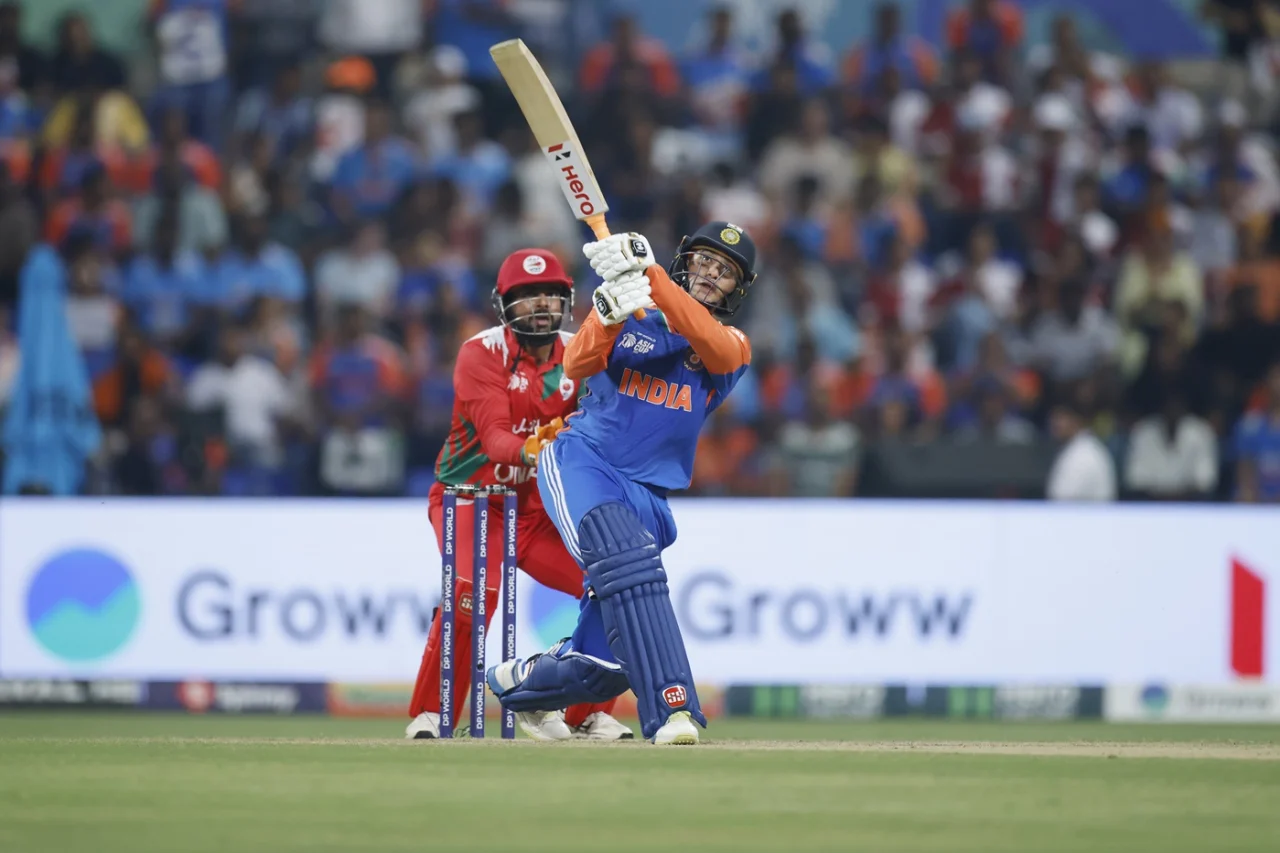In the dynamic world of T20 strategy, where every ball can change the course of a match, the Indian team is at the forefront of innovating batting tactics. Moving beyond the traditional, rigid batting order, India has adopted a situation-based approach to T20 batting, a philosophy that was on full display in their recent Asia Cup encounter against Oman.
This isn’t a mere tactical adjustment; it’s a profound shift that positions India as ‘thought leaders’ in T20 cricket.
For decades, the batting lineup was held as a sacred cricketing tradition that dared not be defied. The openers would take on the new ball, the number three would anchor the innings, and the middle order and finishers would provide death overs power-hitting. While this structure offered stability, it also created predictability for the opposition.
Bowlers and captains could meticulously plan their attack, knowing exactly which batter would face them next. India’s current strategy, however, dismantles this orthodoxy, embracing a “floaters” system where a batter’s position is a tool to be used, not a fixed assignment.
How India used their match against Oman as an Experimental showcase
India’s match against Oman was the perfect opportunity for India to try out a more fluid batting order. With their Super 4 spot already secured, the team was free to experiment, and they seized the opportunity with both hands.
Instead of sending in their best batter, Suryakumar Yadav, at his usual number three, the team held him back. This was a deliberate choice to provide opportunities for others who had not had a chance to bat in previous games and to disrupt Oman’s bowling plans. The team’s batting order was made fluid, made to suit strategic decisions dependent on the state of the game.
One of the most prominent traits from Gautum Gambhir’s tenure as India’s coach is the left-right combination. This is a strategy to put constant pressure on the bowler’s line and length, their run-up, and even their grip, which are all fine-tuned to a specific handedness.
By constantly switching the angle and side of the pitch they have to bowl to, a left-right combination prevents them from settling into a rhythm. This is done to bring forth more loose balls and not letting the opposition bowlers settle.
The only constants of the Indian batting order are the openers Abhishek Sharma and Shubman Gill. Shubman Gill’s dismissal was followed by the right-handed Sanju Samson. Later, the team brought in left-handed all-rounder Axar Patel and the aggressive left-handed batsman Tilak Varma.
This created a constant state of flux for the Omani bowlers and fielders, forcing them to make difficult choices with every single run. A field set for a right-hander would have gaps for a left-hander, and vice versa. India’s batters exploited these gaps, converting singles into twos and keeping the scoreboard ticking.
The Future of T20 batting

India’s approach is a clear evolution from traditional T20 batting. While many teams still rely on anchor batters in T20 cricket, India is building a team revolving around playing strategic matchups, role players, and maintaining a left-hand right-hand combination at the crease.
This philosophy is reminiscent of England’s T20 World Cup winning campaign, where they used a similar “floaters” system to dismantle bowling attacks with ease.
The move to a fluid batting order is a direct response to the demands of modern T20 cricket. With scores of 200+ becoming the norm in Franchise Leagues around the world, a fixed, predictable batting lineup is a liability.
By investing in multi-dimensional players who can not only bat but also provide a left-hand-right-hand combination, India is building a deeper, more flexible, and ultimately more dangerous batting lineup.
The match against Oman showed that India is not afraid to break from convention and that their batting philosophy is built on innovation and adaptability.
By moving beyond the notion of fixed positions, India is unlocking the full potential of its explosive batting lineup and cementing its position as a true pioneer in modern T20 cricket. As the T20 format continues to evolve, this fluid approach may well become the blueprint for future success.

